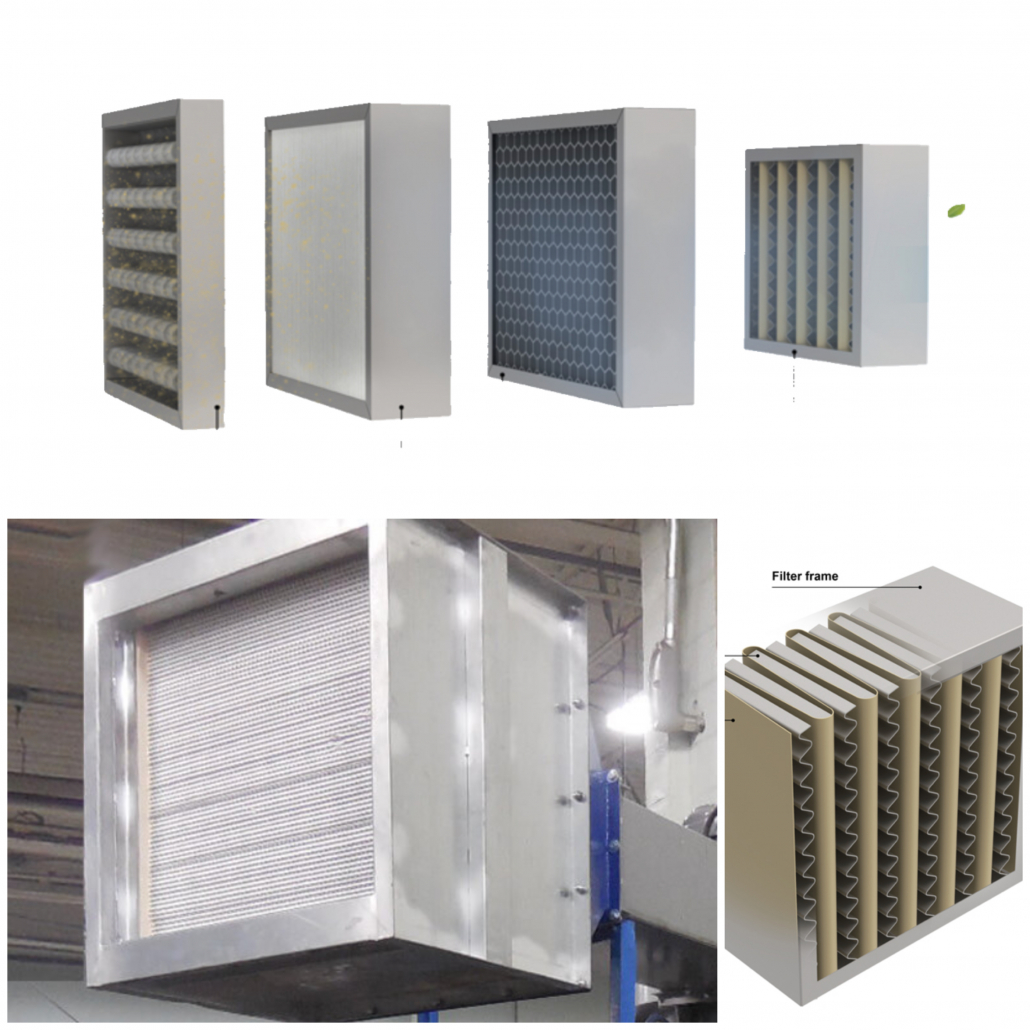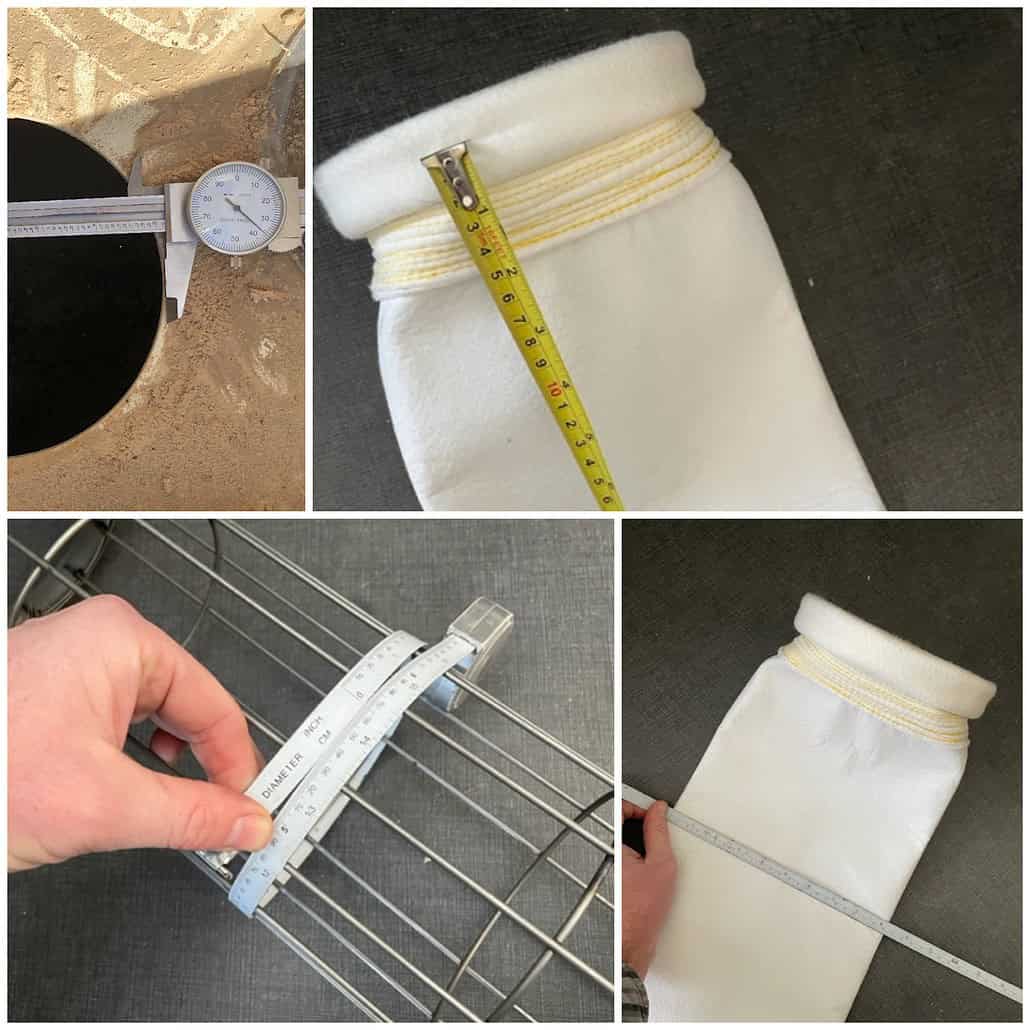Nine years after the first of a series of deadly combustible dust explosions in the U.S., the CSB (Chemical Safety Board) is imploring OSHA to take decisive action and finalize its court-ordered Combustible Dust Standard. Investments in plant dust collection systems will be vital to meeting the new proposed standards.
April 4, 2012 – Baghouse.com News | Fed. 20, 2003, CTA Acoustics plant in Corbin, Ky, 7 dead; Feb. 7, 2008 Imperial Sugar Refinery in Port Wentworth, Ga, 14 dead, 38 injured; various dates in 2011, Hoeganaes powdered iron metal manufacturing plant in Gallatin, Tn, 5 dead in 3 separate incidents in 5 months. These are just a few of the deadly industrial dust explosions to occur in the U.S. over the last decade. In each of these incidents, the lives of these workers were tragically cut short by the seemingly-innocuous dusts present in the facilities.
The Chairperson of the U.S. Chemical Safety Board (CSB) Rafael Moure-Eraso, in a recent article has called attention to the fact that despite several deadly incidents occurring in the nine years since the CTA explosions, OSHA still has yet to follow through with its pledge to issue a comprehensive combustible dust safety standard for general industry.
Chairperson Moure-Eraso relates the progression of events that lead to the CSB calling for OSHA to implement a comprehensive standard for combustible dust. “The safety board launched a study into the hazards of combustible dust. Our 2006 report revealed there is no national regulation that adequately addresses combustible dust explosion hazards in general industry. Although many states and localities have adopted fire codes that have provisions related to combustible dust, a CSB survey found that fire code officials rarely inspect industrial facilities to enforce the codes. The board clearly stated that American industry needs a comprehensive federal combustible dust regulation.”
While the explosion at the CTA Acoustics plant in Corbin, Ky did lead the CSB to issue a number of recommendations to both plant management, local and state regulators, it was not until the 2008 Imperial Sugar Refinery explosion in Port Wentworth, Ga, that left 14 dead and 38 injured, that the CSB made its recommendation to OSHA to issue a “comprehensive combustible dust standard for general industry”.
The CSB is an independent governmental agency charged with investigating industrial chemical accidents. And while they do have limited authority to investigate and issue recommendations, they do not have the power to enforce safety regulations.
Despite its repeated recommendations to OSHA for the urgent need for hazardous dust standards, he relents: “ Yet, nine years after the CTA catastrophe, and more than five years after our recommendation to OSHA, there is still no comprehensive OSHA standard to prevent these accidents.”
After the CSB’s recommendations, OSHA in April, 2009 announced that it planned on issuing a comprehensive dust standard for general industry. However, its recent 2012 agenda does not include any specific mention of goals or targets for the development of the standard during the course of this year.
Will There Ever Be a Comprehensive Combustible Dust Safety Standard?
While the U.S. is still struggling to prevent these kinds of incidents from occurring, the rest of the world is not immune from them either. In fact, major manufacturers such as China, which often lack extensive safety regulations, are even more prone to experience these kinds of incidents. According to recent reports, last year saw two electronics manufacturers in China that produce parts for Apple Computer products experienced dust explosions when fine particles of aluminum ignited, killing four workers and injuring dozens of others. Apple’s Supplier Responsibility documents state that the company is now requiring improved ventilation, inspections and cleaning methods for dust deposits.
Without a standard that comprehensively addresses the hazards of combustible dust, American workers will continue to be put at risk for future catastrophic explosions and fires.
“I don’t know what steps China is taking to prevent its dust explosions, but I do know what can be done here in the U.S. It’s time for OSHA to move on a comprehensive regulation to adequately address combustible dust hazards” – stated CSB Chairperson Moure-Eraso.
What Does This Mean For U.S. Manufacturers?
While the current status of combustible dust regulation is not fixed on a federal level, (i.e. OSHA) the dangers of combustible dust still present a clear and present danger to both the financial interests of U.S. manufacturers and the lives of U.S. workers.
As a result of the long history of combustible dust explosions in the U.S. many state and municipal fire codes and other regulatory agencies already have combustible dust regulations for most industries. In addition, many insurance providers are requiring plants as part of regular safety audits to improve dust hazard protection in their facilities as a condition of maintaining their coverage.

Maintaining a sufficiently-sized dust collection system is vital to prevent combustible dust explosions.
The first step to preventing these incidents is recognizing the dangers combustible dusts present in an industrial setting. Measures to control or mediate combustible dust hazards include maintaining a adequate dust collection system (i.e. a baghouse), good house-keeping practices and good facility design.
A main contributing factor in all of the above mentioned incidents was an improperly operated or maintained dust collection system. From inefficient collection pickup points, to bucket elevators that were not properly cleaned and sealed, to conveyor systems that were overloaded to baghouses of insufficient size and fire protection. A relatively minor investment in a facility’s dust collection system, such as changing to a sufficiently sized collector (i.e. larger CFM, larger baghouse with more dust collector bags) or additional baghouses will prevent the kind of massive capital loss and loss of life seen in these past incidents.
While governmental regulation will not ensure that these tragic incidents are the last of their kind, it is hoped that along with increase corporate awareness and ever-improving dust collection technology, these incidents will become rarer and rarer. Saving not only billions of dollars for companies, but safeguarding millions of workers in these industries.
Dominick DalSanto is an Author & Environmental Technologies Expert, specializing in Dust Collection Systems. With nearly a decade of hands-on working experience in the industry, Dominick’s knowledge of the industry goes beyond a mere classroom education. He is currently serving as Online Marketing Director & Content Manager at Baghouse.com. His articles have been published not only on Baghouse.com , but also on other industry related blogs and sites. In his spare time, Dominick writes about travel and life abroad for various travel sites and blogs.
Follow Meon![]()






